The connection between science and religion has evolved throughout the centuries, from conflict and animosity to peace and collaboration, while various thinkers have maintained that the two conceptions are intrinsically at odds and completely independent.
Tradition, Culture, and Customs when we talk about these terms, the first image that strikes our mind is India, enveloped in the aromas of spices, sarees, pickles, rain, and loud music and dancing.
Hinduism is the oldest known religion, with nearly 4,000 years of history and ceremonies.
Hinduism is the third-largest religion in the world today, with around 900 million adherents.
Introduction:

The majority of Indian rituals and traditions come from our forefathers. Traditions and rituals were instilled in children at an early age and were observed as a way of life. Different customs and traditions had to coexist with each other as a result of India's colonisation, yet they never interfered with our ancient traditions.
Tradition is a concept or behaviour that has been passed down through generations within a group or community and has symbolic meaning or particular value. It has its roots in the past. As scientists delved deeper into the intricacies of these ancient behaviours, they discovered that human traditions go counter to logic and science. These customs differ from one region to the next. In India, the rituals are also aimed at achieving a comprehensive balance of body, mind, and soul.
As we all know, the human body generates and consumes electric energy continuously, as advocated by Maharshi Vaatsyaayana, who delineated the numerous power centres in the human body. Our forefathers artfully moulded and bequeathed them to us in the shape of religious traditions to follow in order for us to reap the benefits. We are pleased to report that practically every single Hindu tradition has a scientific basis and a positive health motivation.
Hindu Rituals and Their Relevance
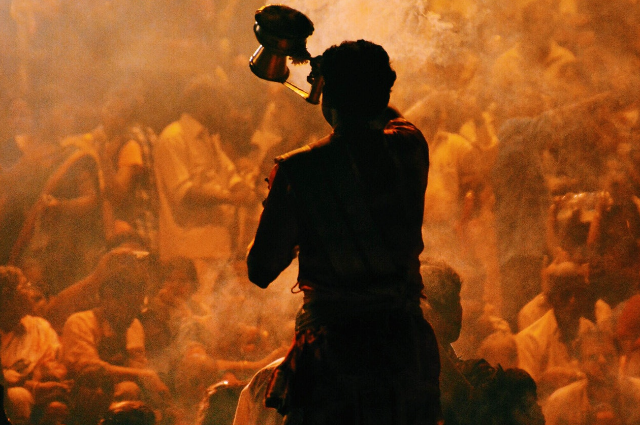
Photo by Prabhala Raghuvir from Pexels
"Rituals are the kindergarten of religion. They are absolutely necessary for the world as it is now; only we shall have to give people newer and fresh rituals.”
– Swami Vivekananda.
A ceremony or deed performed in a traditional manner is referred to as a ritual.
Sanatan Dharma is the name given to our faith. Sanatan means "everlasting" and "dharma" means "to uphold." Some rituals, such as Puja, serve as daily reminders of God. Other rituals, including fasting and meditation, help us to discipline our lives in order to improve spiritually. Religious observances or pilgrimages assist us in focusing our minds on spiritual goals. Rites of passage, for example, bring family and community together. The discipline of doing rituals on a regular basis fosters religious attitudes and goals. This also provides an opportunity to learn about one another's faith in our multi faith environment.
Sanatan Dharma is based on scientific inquiry into spiritual concerns. Spirituality and science are combined in our ancient Vedic texts. It boils down to comprehending the laws that govern everything. Rituals serve to remind us of our spiritual nature. If rituals are not followed to some extent, we may lose sight of our life's higher goals. Rituals and customs also help us feel connected to our past and relatives.
So, let's have a look at some of the rituals that have strong connection to science.
1. Namaskar

In Hindu traditions, the ‘Namaskar or Namaskaram' has a scientific basis.
The general explanation for this custom is that greeting with both hands together shows respect. However, joining both hands guarantees that the tips of all fingers are connected, which corresponds to the pressure points of the eyes, ears, and mind. It is thought that pressing them together activates the pressure points, allowing us to remember that individual for a long period.
2. Tilaka
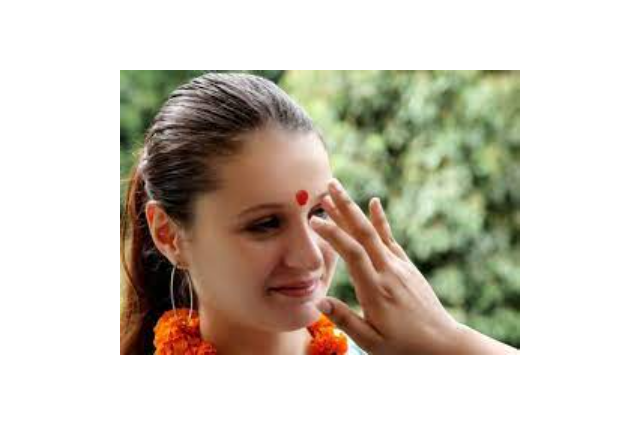
Since ancient times, an area on the forehead, between the two brows, has been regarded as a significant nerve point in the human body. The crimson 'kumkum' between the brows is claimed to retain energy in the human body and control various levels of concentration, while the Tilak is said to prevent the loss of "energy." The spots on the mid-brow region and the Ajna-chakra are automatically pressed while applying kumkum. The blood supply to the face muscles is also improved as a result of this.
3.Idol Veneration

More than any other religion, Hinduism promotes idol worship. According to the researchers, this was started to improve attentiveness during prayers. Psychiatrists believe that a man's thoughts are shaped by what he sees. If you have three separate objects in front of you, your thoughts will shift depending on which one you are looking at.
4. Fasting

Ayurveda is where the underlying principle of fasting can be found. The accumulation of harmful chemicals in the digestive system, according to this ancient Indian medical theory, is the root cause of many ailments. Fasting allows the digestive organs to relax while also cleansing and correcting all body systems.
5.Sleeping Direction

The myth says it attracts ghosts or death, but science says it's because the human body has its magnetic field and the Earth is a big magnet. Our body's magnetic field becomes completely asymmetrical to the Earth's magnetic field when we sleep with our heads towards the north.
6.Early wake-up & Morning bath

Source by -Interesting Engineering
It's not merely a mark of a successful individual. Getting up early gives a person plenty of time to plan their day and attain their objectives.
Early bathing is popular, especially among Hindus, because it protects your skin from decomposing products, salts, urea, and other dangerous things in the body.
7. Touching feet of elders
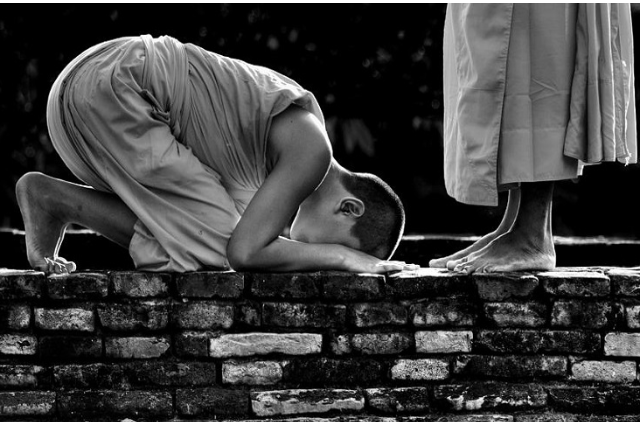
Cosmic energy goes from one end of our body to the other, connecting two minds and hearts,hugs; also, cosmic energy builds in our fingertips, so when we touch the feet of the old, it is passed on to the person who touches the feet. In this way, the fingers of the hands become receptors and the fingertips of the feet become energy givers.
8.Worshipping Tulsi Plant
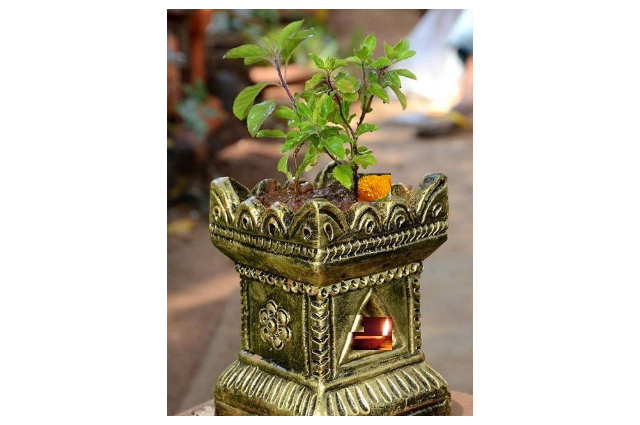
Tulsi, also known as Basil in botany, is revered by Hindus as a mother plant. Tulsi has a wide range of medicinal properties. Basil is an antibiotic that boosts immunity if taken daily. It is thought that if a person eats basil every day, he or she will live a long and healthy life since the plant protects against diseases and maintains health.
9. Applying Sindoor

The application of Sindoor by married ladies has a physiological reason. Sindoor is formed of turmeric, lime, and metal mercury, which regulates blood pressure while also igniting physical passion. This could be why widows are not permitted to apply for Sindoor.
10. Why no meat on several days?

On some days, Hindus refrain from eating meat, including but not limited to Tuesdays, Thursdays, and Saturdays. The reason for this is that our bodies only require a small amount of meat to meet their nutritional needs, such as iron, vitamin B12, and other essential elements. However, we frequently become addicted to eating meat, which is harmful to our health. It can lead to problems such as piles, kidney stones, and colon cancer, among others. As a result, Hinduism has imposed some limitations by dedicating days to specific deities.
11. Ear Piercing

In Indian culture, ear piercing is very important.
Indian physicians and philosophers believe that piercing the ears promotes the development of intellect, thinking power, and decision-making abilities.
Talkativeness is a waste of life's energy. Ear piercing aids with voice control. It aids in the reduction of impertinent behavior and the healing of ear-channel diseases. This concept appeals to Westerners as well, who are getting their ears pierced in order to wear expensive earrings as a fashion statement.
12. Why Do We Begin With Spice and End With Sweet taste?
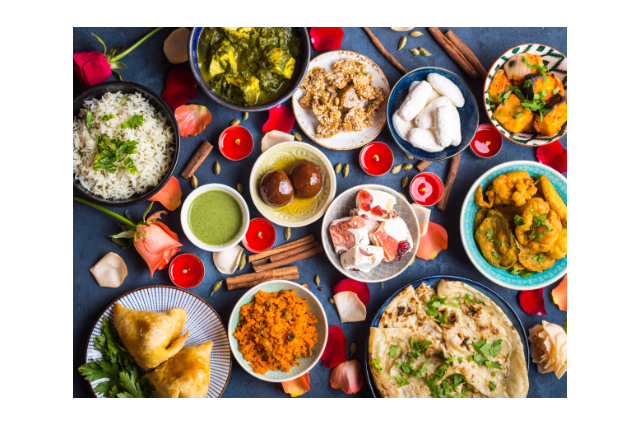
Our meals begin with spice and end with sweets. Spice, according to research, activates digestive fluids and acids, allowing our digestive system to function more efficiently; sweets, on the other hand, include carbs, which slow down the digestive process. As a result, dessert is always offered towards the end of a meal.
13. What is the importance of bangles on women’s wrists?
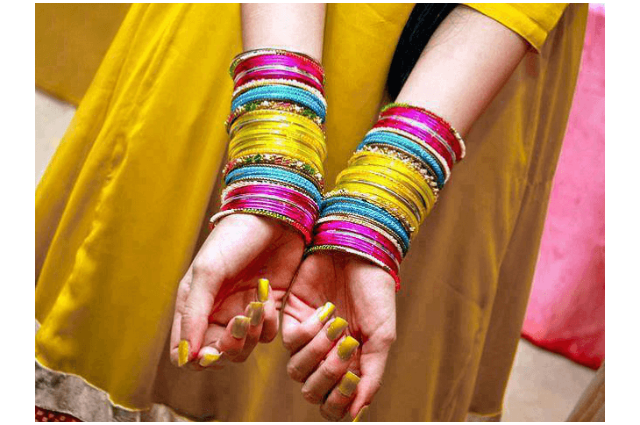
Women put bangles around their wrists because the wrist is the most energetic part of the human body and hence generates a lot of energy. Wrists come into contact with bangles during numerous household duties, causing friction and increasing blood circulation. Moreover, due to the ring-shaped bangles, which have no ends to pass the energy outside but to send it back to the body, the electricity going through the outer skin is redirected to one's own body.
14. Why Should We Make a Visit to the Temple?
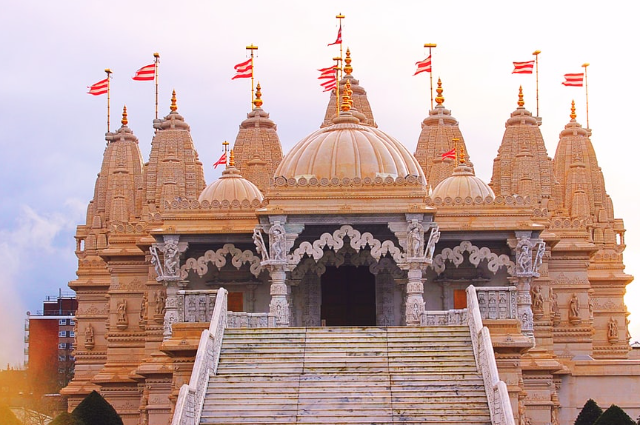
Magnetoelectric waves move through the earth on a regular basis; when we build a temple, architects and engineers choose a location where these waves are abundant. The main idol is located in the temple's centre, which is known as Garbhagriha or Moolasthana. Once the idol is in situ, the temple is erected around it (Pran Pratistha).
The idol is placed in an area with a lot of magnetic waves. We bury some copper plates beneath the idol during its installation; the plates are etched with Vedic letters, and these copper plates absorb magnetic waves from the earth and emit them to the surrounding area.,
If a person enters a temple on a regular basis and goes clockwise around the idol, his or her body absorbs the magnetic waves. People who attend the temple on a regular basis receive this great energy and live a healthy lifestyle.
Now you must have got idea about all the facts behind basic cores that we all do everyday which is part of our lives now lets have look on sixteen Samskaras we will discuss few of them as we all know, Hinduism is a very adaptive faith, and several of these samskaras are no longer followed in current day and age. I'll only talk about the ones that are widely celebrated nowadays.
Sixteen Samskaras: A Peek Within

- Garbhadhana
- Punasavana
- Simantonnayana
- Jatakarma
- Namakaran
- Nishkramana
- Annaprashana
- Choodakarma (Moondan)
- Karnavedha
- Upanayana
- Vedarambha
- Samavartana
- Vivaah
- Vanaprastha
- Sanyasa
- Antyeshti
Simantonnayana ceremony - During the 6th or 8th month of pregnancy, this ceremony is performed. The unborn child's mental development is given special attention. This ritual is also known as Godbharai or Khoro.
The naming ceremony: Naming ceremony of a baby is referred to as the Namkaran ceremony.
When naming a child, we should take great effort to ensure that the name would benefit both the newborn and their parents spiritual growth.
Choodakarma ritual (Mundan) - At the age of one or three years, this ceremony is done. This ritual has to do with the brain's growth. For the first time, the child's head is completely shaved. This has religious significance, but it also has medical value since it allows the scalp to be examined and the proper joining of the skull bones to be seen. After three years, modern science indicates that the skull is fully formed.
Upnayana (Janoi) ceremony - When a child enters school-age, he is handed three threads from his left shoulder that are strung diagonally across his body. This represents his three new responsibilities: obligation to his parents, responsibility to his instructor, and responsibility to the higher being. This ritual was once performed for both boys and girls, but it is currently exclusively performed for boys. As previously stated, because we have an open system, we may alter it to our needs.
Vivaah (marriage) ceremony - When we attend a Vivaah ceremony, many of us, including the bride and groom, are unaware of the significance and meaning of what is taking place. We are typically more concerned with the decorations and how we will dress up. A fire is kindled during the Vivaah ritual, which serves as an eternal testimony to the rite. Dharma (becoming spiritual), Artha (making a living to feed the family), Kama (satisfying legitimate desires in a controlled manner), and Moksha are the four vows we take (search for a way out from life and death).
Anthyesthi (Death Rituals)-The last sacrament, Anthyesthi (Death Rituals), is done at death. Earth, air, fire, water, and space are thought to be the five physical elements that make up the human body. The body is returned to these elements after cremation.
Although there are differences in practise, the essence of Hindu cremation is the same and constant:
- Cremation is practised by the entire hindu community (it is less expensive, faster, environmentally beneficial, and takes up less space).
- All rituals are intended to aid the eternal atma (often referred to as soul's) journey. We believe that we are the everlasting Atman. It sheds the body and embarks on a new journey after death. As a result, our rituals are done to assist the Atman on its journey.
- We acknowledge the presence of phenomenal and cosmic forces that aid Atma's journey.
Conclusion
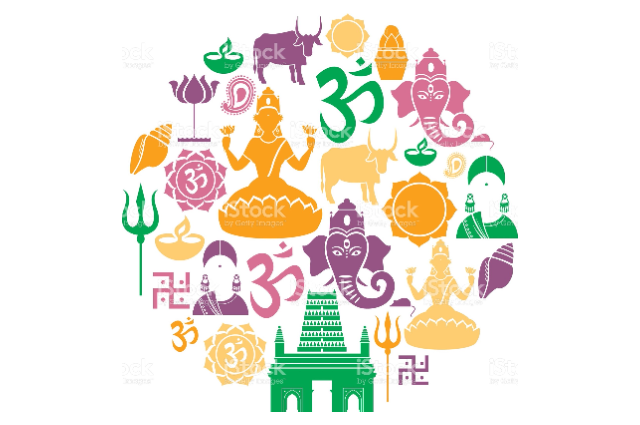
Source by -Hamari sanskriti hamari virasat
Our sanatan Sanskriti, or Indian culture, is a beautiful, logical, historical, spiritual, and scientific civilization. According to Mahatma Gandhiji, "a nation's culture exists in the hearts and souls of its people." It's accurate because there are a lot of things or traditions that we've been doing for hundreds of years.
There are many more rituals which we practice every day and have scientific reasons to perform.
We are gradually abandoning our customs, believing that they are only superstitions. Part of the blame for passing the rituals should be attributed to our forefathers, who did not explain the science behind the rituals and simply imposed them on us, causing the next generation to see it as a burden. If you understand the logic behind everything we do, you will undoubtedly enjoy doing it.
Don't make your beliefs turn into Superstition
The motive of the article is to get logic and scientific reasons behind the custom ,tradition and rituals but yes if you don't find it logical don't impose it on others don't make your beliefs turn into superstition. There are people like priest and others who are here to rob you in name of ritual , dharma yes there are genuine ones too but mostly are there to make you fool into name of God.
Some rituals can become mechanical and meaningless, resulting in their abandonment counterproductive. Hinduism allows for flexibility in how rituals are performed, yet this flexibility can regrettably be used as a justification to abandon rituals altogether.
As rituals grow more commercialised or commodified, society becomes more shallow and stifling. Some religious critics may also suggest that money and time may have played a role.
It would have been better spent on helping the less fortunate. Rituals are created with care and consideration may become tainted and used for exploitation over time. We must be capable of doing so.Remove corruption and apply the technique that our ancient civilisation devised.
